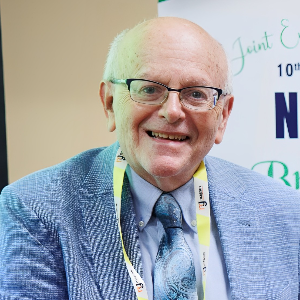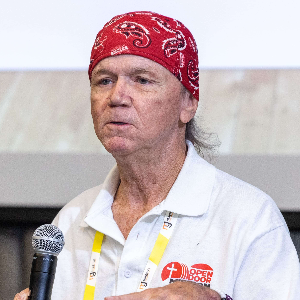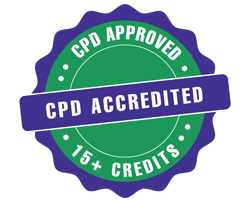Neural Correlates of Drug Craving
Drug craving is a key feature of addiction, driven by complex neural mechanisms involving reward and memory circuits. The mesolimbic dopamine pathway, particularly the nucleus accumbens, plays a central role in craving by reinforcing substance-related cues. The prefrontal cortex, responsible for decision-making and impulse control, often exhibits impaired functioning, making it difficult for individuals to resist urges. Additionally, the amygdala and hippocampus contribute by linking emotional and contextual triggers to past substance use experiences. Neuroimaging studies have revealed heightened activity in these brain regions during craving episodes, highlighting potential targets for interventions like transcranial magnetic stimulation (TMS) and pharmacotherapy to reduce craving intensity.

Nile Stanley
University of North Florida, United States
Ann Marie Leonard Zabel
Curry College, United States
Edie Raether
NeuroShifts and Wings for Wishes Academy, United States
John Michael Weber
Open Door Mission in Houston Texas, United States
Owonaro Peter
Bayelsa State Drug Avuse Addiction Prevention and Rehabilitation Committee (BADAPARC), Nigeria
Sindu Padmanabhan
Bharathiar University, India




Title : Integrating bibliopoetry therapy and digital health technologies for inflammation management: A neuropsychosomatic perspective
Nile Stanley, University of North Florida, United States
Title : Evaluation of prevalence and pattern of tobacco use in yenagoa city in bayelsa state south of nigeria
Owonaro Peter, Bayelsa State Drug Avuse Addiction Prevention and Rehabilitation Committee (BADAPARC), Nigeria
Title : Engaging learners through gamification, creativity, and human-centered design
Tero Moliis, Versantium, United States
Title : Neuropharmacological and regulatory drivers of tianeptine misuse in the united states: A growing public health concern
Darcy Tocci, NSU College of Pharmacy, United States
Title : Awakening sovereignty within: Healing trauma, releasing codependency, and returning to self-trust
Whitney Walker, Mental Health Therapist/ Podcast Host, United States
Title : You can save a life: Real conversations, real solutions for suicide prevention
frank King, The Mental Health Comedian, LLC, United States